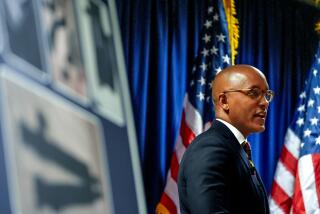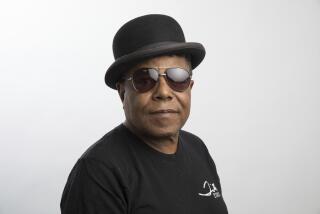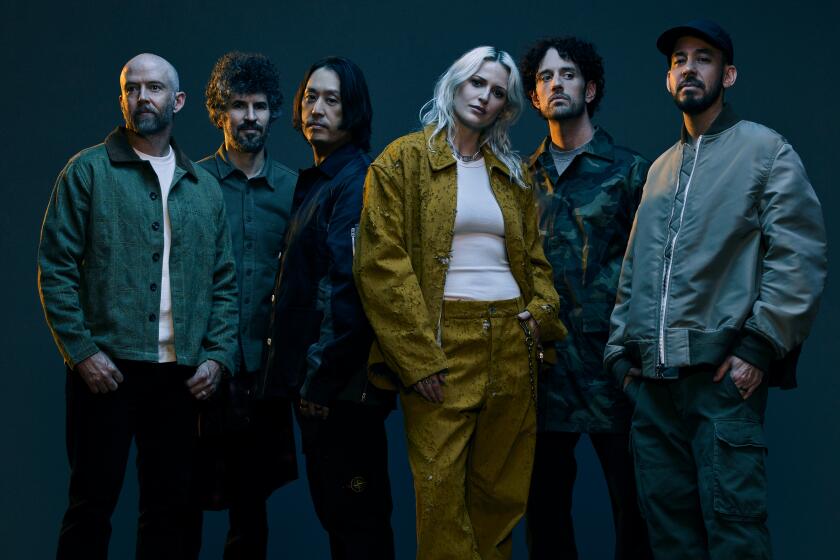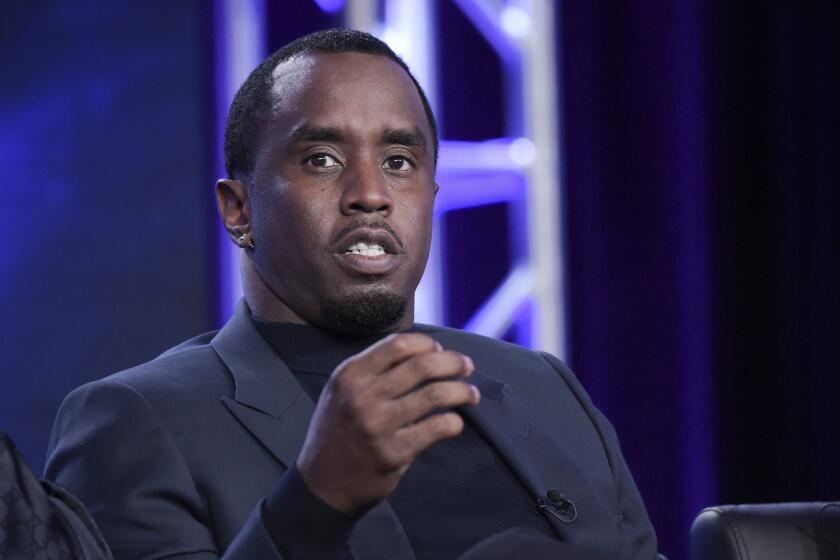Jazz in full swing in the Southland
In the wake of another summer of hand-wringing among fans and critics about the future of jazz, Labor Day weekend in Southern California marked a face-off of sorts between festivals celebrating two sides of the genre. One, the West Coast Jazz Party, celebrated its 15th year in Irvine while the other, the second annual Angel City Jazz Festival, expanded to two days at a high-profile new location, the John Anson Ford Amphitheatre in Hollywood.
Spread out over four days and culminating with a Sunday brunch cruise, the West Coast Jazz Party offers a full menu of traditional jazz that falls under the swing and standards-rich category often called “straightahead.” With a festival program that features patron obituaries in its back pages, the advancing years of the crowd in the Marriott Ballroom was a hot topic from the floor and the stage. Vocalist Marilyn Maye joked that her nimble young pianist Tedd Firth was perhaps the youngest person in the room at 32, which wasn’t far from the truth.
Silver-haired festival-goer Sally Waterman has been coming to the Jazz Party with her husband for 15 years, and also couldn’t help noting the effects of time.
“We see a lot of people here every year, and we notice some of them are in walkers now,” she said warily.
Still, the hotel ballroom’s elegantly dressed audience was rapt throughout the evening’s program of musicians who had backed legends from Ella Fitzgerald to Frank Sinatra. Clarinetist Ken Peplowski’s salute to Jazz at the Philharmonic of the 1940s and ‘50s got at least one couple dancing, and veteran trumpeter Jack Sheldon, 77, burned through classics like Duke Ellington’s “Caravan” backed by a powerful rhythmic drive.
But if you’re looking for the beating heart of jazz today, a hotel in an Irvine office park may not be the best place to start. Under the slogan “Rethinking Jazz,” the Angel City Jazz Festival operated within much of the same reverence for jazz’s elders as its Orange County cousin, but it placed a greater emphasis on exploring new directions.
Which isn’t to say that tradition wasn’t served. Led by clarinetist Ben Goldberg and a hard-hitting rhythm section, the trio Plays Monk opened Sunday with rollicking but reverent takes on the Thelonious Monk songbook. Monday’s headliners, Bennie Maupin’s Dolphyana, looked to explore recently discovered songs by the late composer Eric Dolphy.
Still, Angel City’s takes on jazz history were mostly viewed as jumping off points. Japanese avant-garde pianist Satoko Fujii embarked on a dizzying array of improvisations, but traces of Miles Davis’ “So What” could occasionally be found in the explorations of her trumpeter, Natsuki Tamura.
Saxophonist Jesse Sharps, a member of Horace Tapscott’s underrated Pan Afrikan People’s Arkestra, part of the freewheeling 1970s Leimert Park scene, appeared with an eight-piece group called the Gathering. Dressed in a white kaftan, vocalist Dwight Trible added a fervent edge to a wild cover of John Coltrane’s “Africa” that resembled a charismatic tent revival.
Drummer Alex Cline and his Band of the Moment summed up Angel City’s meeting point of past and future on Monday with a long suite of covers that touched upon artists as diverse as Weather Report’s Joe Zawinul and Soft Machine’s Hugh Hopper, and mixed in his own elements. Drawing a younger crowd -- perhaps helped by ticket costs that were nearly half that of the West Coast Jazz Party -- Angel City also offered midway attractions such as live painting, henna tattoos and a DJ spinning near a craft beer vendor. Though it was encouraging that Angel City could attract such a diverse crowd of families, indie rockers and older jazz fans, the Ford was still below capacity for the weekend’s shows.
Would Angel City be an easy fit for the aging audiences of WCJP? Probably not. But by operating within the genre’s rich tradition while refusing to be confined by it, the festival’s view of the future of jazz in Los Angeles was rich and vibrant. Whether that view will enjoy as much time to develop as its long-running cousin to the south remains uncertain.
--
More to Read
The biggest entertainment stories
Get our big stories about Hollywood, film, television, music, arts, culture and more right in your inbox as soon as they publish.
You may occasionally receive promotional content from the Los Angeles Times.











